Paula Abdul Cover Story: Straight Up on RSD

STRAIGHT UP on the pain of Reflex Sympathetic Dystrophy
Grammy award-winning singer, performer and television star Paula Abdul has lived with chronic pain since she was injured as a cheerleader at 17, but it was not until November 2004 that she was diagnosed with reflex sympathetic dystrophy (RSD), also known as complex regional pain syndrome (CRPS), a sympathetic nervous system disorder. Abdul, a former American Idol judge, shares how she manages her symptoms, what keeps her going and what she thinks should be done to raise RSD awareness.
WHAT DO YOU THINK NEEDS TO BE DONE TO RAISE RSD AWARENESS IN THE MEDICAL COMMUNITY AND THE PUBLIC?
Awareness is crucial. I truly hope the medical community strongly considers the impact of RSD on individuals and their families. RSD can affect a person’s work and personal life, and devastate a family financially.
The lack of knowledge about RSD in the medical community is startling. It seems like most people have to see five or six doctors before they get a diagnosis of RSD. So many people are actually dismissed as needing psychiatric care because “it’s all in their head.” Then when people finally do find a doctor who knows about RSD, their pain is treated with prescriptions of strong medications with side effects that can really take a toll on the body.
The fact of the matter is I’ve had a long journey. I’ve seen so many doctors and had so many surgeries and procedures. My journey would’ve been a lot shorter if I had known about Victor Pedro, DC, and Cortical Integrative Therapy sooner.
Dr. Pedro explains it best: “Cortical Integrative Therapy is a treatment that stimulates the cerebral cortex through a combination of noninvasive therapies that stimulate brain cells to increase their efficiency — this promotes the formation of pathways that help transfer information throughout the brain in such a way that in the end, the affected area of the brain and overall brain function are improved without medication or surgery.”
The most common triggers of RSD are surgeries and traumas. We need more symposiums, more conferences, and more presentations focusing on RSD and CRPS (complex regional pain syndrome) to further educate health care providers in the surgical and pain management fields.

ARE THERE FOOD SUPPLEMENTS THAT HELP YOU CONTROL RSD PAIN AND SYMPTOMS?
I make a point of eating alkaline foods and drinking lots of alkaline water. There are so many foods that can actually add to the pain and create inflammation in my body, so I eat mindfully. I make conscious choices about food so I don’t aggravate the situation. I keep sugary foods to a minimum, and I avoid foods that are too acidic.
Also, I really love making juices, shakes and smoothies. One of my favorites is a calcium smoothie I call “Paula’s Potion for Motion!” I blend kale, banana, Greek yogurt, dates, almond milk, blackberries and ground eggshells. Believe it or not, the eggshells are FULL of calcium! It’s vital that women get enough calcium. I actually take calcium vitamin supplements to support bone density. I’m also looking further into the role of food sensitivities and the option of an elimination diet so I can further identify what foods are aggravating my RSD symptoms, and what foods don’t agree with me overall.
DOES WEATHER AFFECT YOUR SYMPTOMS? IF SO, HOW DO YOU MANAGE IT?
Yes, changes in humidity and temperature — damp heat (humid weather) or damp cold — can aggravate my symptoms. I can definitely be sensitive to damp weather. For me personally, dry weather is best. Dr. Pedro explained that changes in barometric pressure, which come with changes in weather and changes in altitude, actually affect the inner ear and joints.
I told him that sometimes when it’s raining or when I’m in an airplane, I’m in pain. Then when the sun comes out, I feel better. He said that pain and pressure change “deregulates the autonomic system.” His treatments have been revolutionary for me because they made me less susceptible to fluctuations in the symptoms due to weather.
HOW DO FAMILY AND FRIENDS ENCOURAGE YOU?
People get scared when they don’t have a clear understanding about what’s happening. Pain can make a person isolated and closed off. My friends and family are my lifelines. I’m grateful that they have been there for me during some of the darkest times when the pain was at its worst and seemed like it would never stop. I felt bad for them because there were times when they desperately wanted to help, but they just didn’t know what to do for me.
It’s crucial to keep people in your inner circle abreast of what’s going on with your health — what chronic pain entails, what changes happen, etc. It’s so helpful to have trained health professionals who can talk with your family and friends so that everyone’s on the same page about your condition and treatment, and so you are not misunderstood and you do not feel alone. One of the most important lessons I learned is that as people dealing with chronic pain, we should not be the ones explaining. Of course, we can share our experiences, but give yourself a break! Let a professional who can articulate what’s happening explain what’s going on. You’re not responsible for that. Being in chronic pain is a full-time job in itself!
There is complete transparency with the important people in my life, and they have a clear understanding of what’s going on … not just because I’m trying to articulate it, but because my doctors help to point out what’s happening to my inner circle.

HOW HAVE YOU CHANGED AS A PERSON BECAUSE OF YOUR EXPERIENCE WITH RSD?
I never assume I know how people feel. Because of my experience with RSD, that old phrase, “I know exactly how you feel” had to be deleted from my brain. RSD is a disorder that is so difficult to explain — especially during a flare-up — there’s no way that anyone could know exactly how I felt. That really hits home for me. I always try to have empathy, and never presume that I know what anyone is going through.
My experience with RSD has made me empathetic and sympathetic with anyone suffering from any kind of nerve-related disorder or neurological disorder. It’s made me want to give back, to raise awareness, and to really try to do what I can to help those going through the same thing I am. The body does not give up on us, so we can’t give up on it. My goal is always to work with my body, not against it so that it can function efficiently. That’s why cortical integrative therapy is so vital in working with RSD: it’s a treatment that replaces the old tapes in your head that have held onto the tapes of pain. It helps your brain to allow for new experiences and new memories that don’t involve pain. Think of it in terms of a computer — you’re deleting old files so you can free up more space.
WHAT THERAPIES OR EXERCISES HELP KEEP YOU IN GREAT SHAPE WITH LITTLE OR NO EFFECT ON YOUR PAIN TRIGGERS?
I’ve tried so many kinds of treatments over the years. Usually, if I felt relief, it was temporary. Ultimately, I found that the typical solutions — including certain forms of physical therapy, medications and pain injections and procedures — just weren’t giving me any real sustained relief.
RSD is one of the few conditions that’s appropriately named. The name truly “applies to the pathology,” as Dr. Pedro has been sharing with me. It’s actually ironic that this condition is often mistreated. Any movement of the affected limb perpetuates RSD! In other words, if your arm is in chronic pain due to RSD, moving the arm makes it worse … just as the name RSD —reflex sympathetic dystrophy — suggests! That’s why physical therapy and exercise rarely help.
Dr. Pedro gave me a very in-depth exam that focused on identifying what was wrong with my autonomic nervous system and improving it, instead of just treating my RSD symptoms. So in lieu of physical therapy and physical exercise, Dr. Pedro utilized what he explained to me as “sensory modalities.” That included eye movements, light stimulation, auditory stimulation, Tens unit and stimulation of the canals in my inner ear. By doing this, he was actually able to explain what the problem was! Then he created an amazing treatment plan to normalize my autonomic system.
WHEN YOU ARE HAVING A DIFFICULT DAY, WHAT HELPS?

I try to be very gentle with myself. I allow myself rest, and I’m communicative with the people around me that need to know what’s going on. Pain is isolating and daunting. I have found that isolating myself and keeping people away doesn’t work for me. When the pain is happening it takes every ounce of mental energy to think positive and to remember that I’ve had times where I’ve been out of pain. Letting other people in and allowing outside stimulus helps you to focus on people and things outside your pain. Sometimes that’s been the best medicine for me.
I also try to remember that there have been pain-free days — which means that this difficult time will be over and give way to a better time. When you’re going through something painful, it’s almost impossible to remember or feel anything but the pain. On the same note, when you’re feeling good, how quickly we forget the pain! That’s where gratitude is so important. Writing gratitude lists to remember all the wonderful things I’ve experienced has also been really helpful for me.
WHAT HAVE YOU LEARNED FROM LIVING WITH RSD?
Living with RSD has made me appreciate how amazing the body is, and it’s made me remain in gratitude even more so, to be able to work through the pain.

It’s also allowed me to be more forgiving of myself, and to be mindful of what’s really going on. Pain can be very confusing, and you have to recognize that it’s not a normal state for the body to be in. Even though we learn to adapt to it, it’s not normal. I don’t accept that being in chronic pain is how it’s always going to be. Where there’s a will there’s a way. It’s important to always be grateful for the moments when the pain has been alleviated. If it happened once it can happen again, and that’s hope to hold onto.
PainPathways Magazine
PainPathways is the first, only and ultimate pain magazine. First published in spring 2008, PainPathways is the culmination of the vision of Richard L. Rauck, MD, to provide a shared resource for people living with and caring for others in pain. This quarterly resource not only provides in-depth information on current treatments, therapies and research studies but also connects people who live with pain, both personally and professionally.
View All By PainPathways

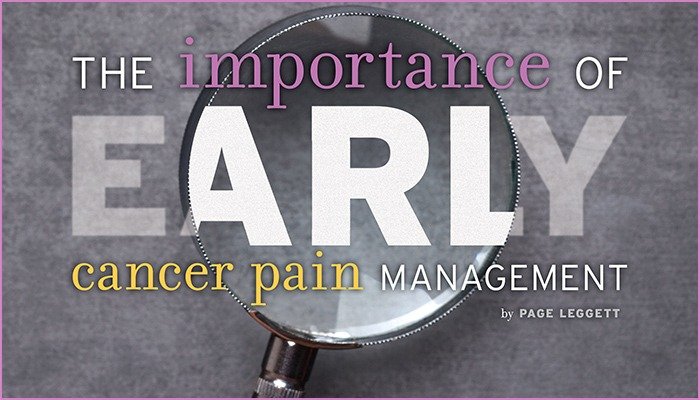
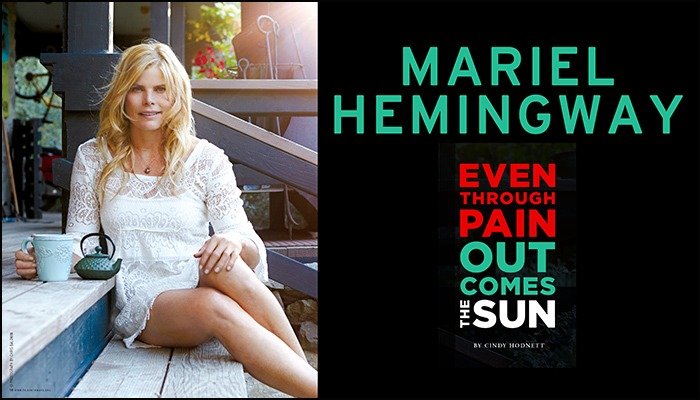
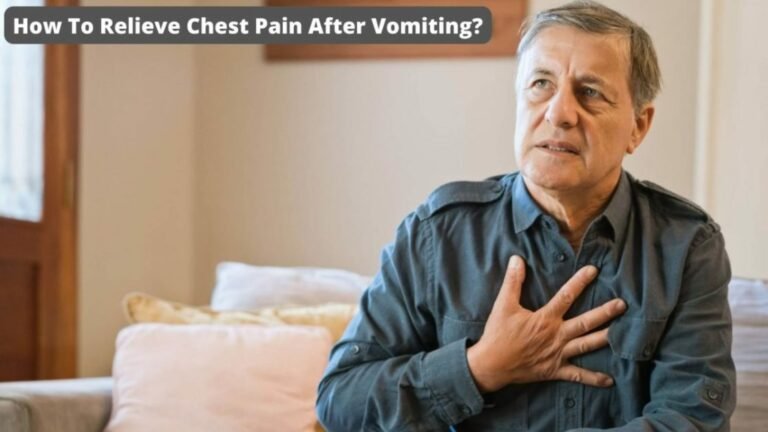

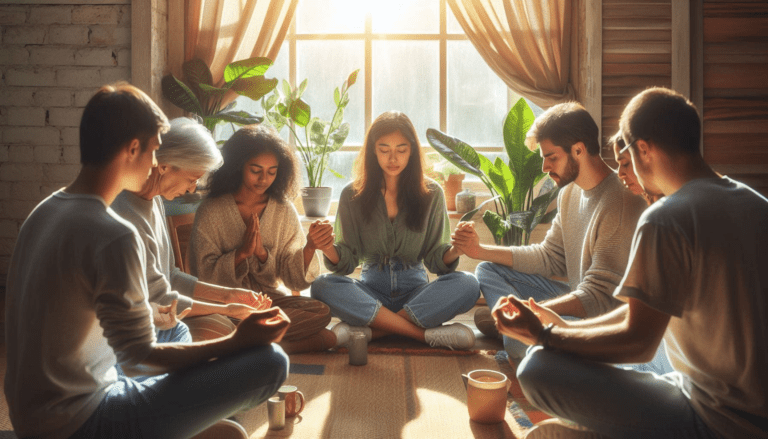
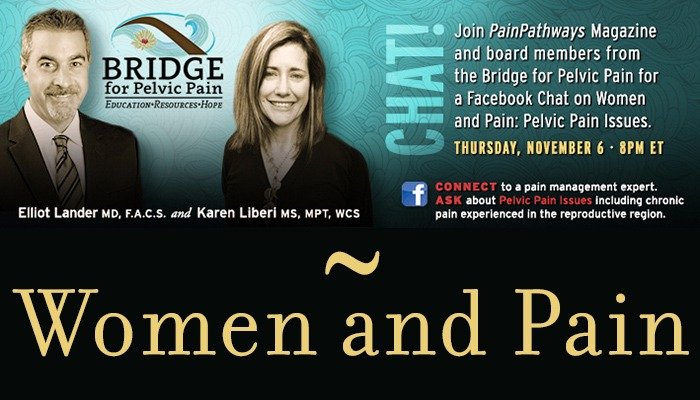
My name is Jessica and I suffer crps..my story is on ” the tilted needle” channel youtube! Im trying to reach out to Paula as I am putting together a big charity Gala in SAV, GA this year 2022..and id love her to come help support our cause! Ive created 30 looks, using real women who ride motorcycles to show them off! The show will benefit the RSDS.ORG foundation and we will blast the internet w the images. We will sell calanders and look books. We are currently looking for sponsors for Ads. This is my first show in 13 years since I got ill from this horrible illness.. i was a dancer, model , fashion designer to stars in Fl..and lost it all to the illness..one last time im showcasing my talent for a good cause! Id love Keanu reeves to come support us w his bikes..since my son is
Named keanu after watching Paula’s Rush Rush video as a teen! Paula was my hero as a dancer, and to know we both share this illness is humbling! Please PAULA we need you for this, u can sign calanders and auction items! Please contact me! Cid407@ yahoo.com put attn jessica
If anyone wants info. On show you may email there as well. This illness has taken everything away I loved..please help me find my purpose again by supporting my cause!